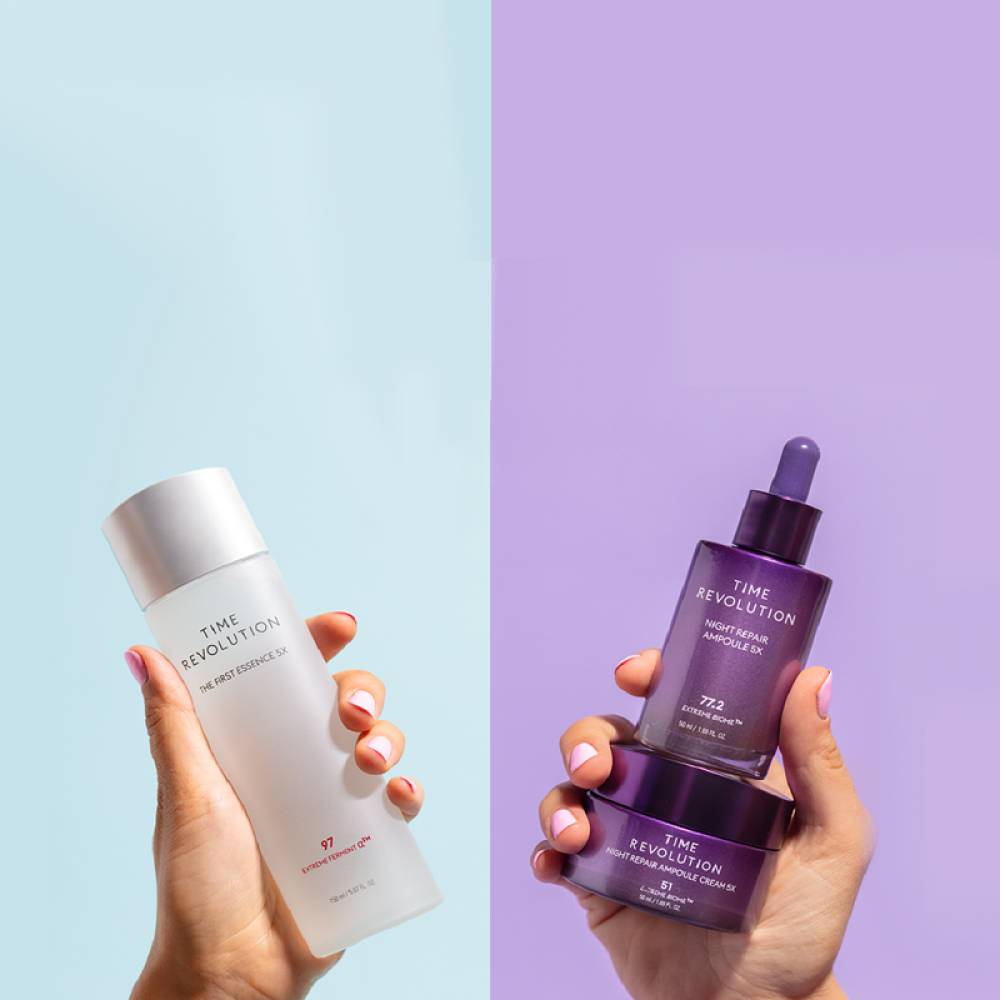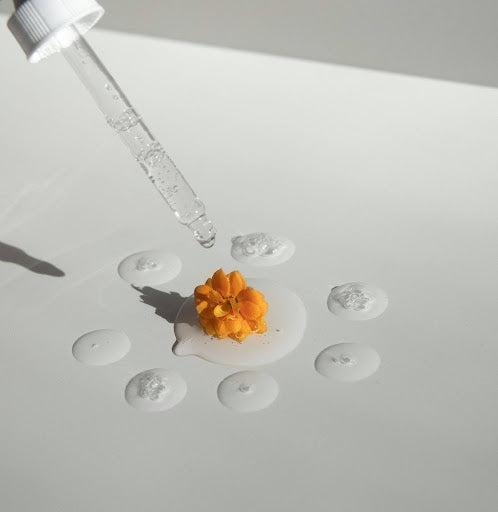Sunscreen is a popular product that many people use to protect their skin from the harmful effects of the sun's rays. However, there is often confusion regarding whether or not sunscreen prevents tanning. In this article, we will explore the science behind sunscreen, its impact on tanning, common misconceptions, the health implications of tanning with or without sunscreen, and tips on choosing the right sunscreen for your skin type.
Understanding the Science of Sunscreen
Before diving into the relationship between sunscreen and tanning, it is essential to understand how sunscreen works on the skin. Sunscreen is a product that helps to protect the skin from the damaging ultraviolet (UV) rays of the sun. It contains a combination of active ingredients that either absorb or reflect these harmful rays, preventing them from penetrating the skin.
One interesting aspect of sunscreen is that it can come in various forms, such as lotions, sprays, gels, and sticks. Each form has its unique application method and advantages. For example, sunscreen lotions are versatile and easy to apply to large areas of the body, while sunscreen sticks are convenient for targeting specific areas like the face and ears. Understanding the different forms of sunscreen can help individuals choose the most suitable option for their needs.
The Role of SPF in Sunscreen
One crucial factor to consider when selecting sunscreen is the SPF (Sun Protection Factor) rating. The SPF indicates how effectively the sunscreen can block UVB rays, which are primarily responsible for causing sunburns. The higher the SPF number, the greater the level of protection against UVB rays. However, it is important to note that SPF does not directly measure the sunscreen's ability to block UVA rays, which are also harmful to the skin.
Another important point to consider is that the effectiveness of sunscreen can be influenced by factors such as sweat, water, and time. Water-resistant and sweat-resistant sunscreens are designed to maintain their protective barrier even when exposed to moisture. Additionally, it is recommended to reapply sunscreen every two hours, as its effectiveness can diminish over time, especially with prolonged sun exposure.
How Sunscreen Works on the Skin
When sunscreen is applied to the skin, it forms a protective barrier that prevents the UV rays from directly reaching the skin cells. This barrier helps to reduce the risk of sunburn and skin damage caused by UV radiation. Sunscreen can also play a role in preventing the development of skin cancer, as excessive exposure to UV rays is a known risk factor for this disease.
Furthermore, some sunscreens contain additional ingredients such as antioxidants, vitamins, and moisturizers to provide extra benefits for the skin. These ingredients can help nourish and protect the skin, enhancing its overall health and appearance. Choosing a sunscreen with added skincare benefits can contribute to maintaining healthy skin while staying protected from the sun's harmful rays.
The Relationship Between Sunscreen and Tanning
Tanning is a natural process that occurs when the skin is exposed to UV radiation. It is the skin's way of trying to protect itself from further damage caused by the sun. However, the relationship between sunscreen and tanning is often misunderstood.
The Process of Tanning
When the skin is exposed to UV radiation, it triggers the production of melanin, a pigment that gives the skin its color. Melanin acts as a natural defense mechanism, absorbing and scattering UV rays to minimize their damage. As the production of melanin increases, the skin becomes darker, resulting in a tan.
Interestingly, the process of tanning is the skin's way of adapting to environmental stressors. UV radiation can cause DNA damage in skin cells, and tanning is a protective response to this damage. Melanin not only provides some protection against UV rays but also helps to repair DNA damage that may occur during sun exposure.
Sunscreen's Impact on Melanin Production
Contrary to popular belief, sunscreen does not completely block the production of melanin. Instead, it helps to reduce the immediate damage caused by UV radiation, which can lead to sunburn. By reducing the risk of sunburn, sunscreen can enable the skin to produce melanin more efficiently, resulting in a more gradual and even tan.
It's important to note that sunscreen with a higher SPF does not completely inhibit tanning but rather provides better protection against harmful UV rays. By applying sunscreen regularly and generously, individuals can enjoy the sun safely while still allowing their skin to develop a tan gradually and with reduced risk of sun damage.
Common Misconceptions About Sunscreen and Tanning
There are several misconceptions surrounding the use of sunscreen and its impact on tanning. Let's address some of these misconceptions.
Sunscreen Blocks All UV Rays
While sunscreen protects against UV radiation, it does not block all UV rays. Most sunscreens are designed to block primarily UVB rays, which are responsible for causing sunburn. However, UVA rays, which penetrate deeper into the skin and contribute to skin aging and skin cancer, can still pass through some sunscreens. It is important to choose a broad-spectrum sunscreen that offers protection against both UVA and UVB rays.
Furthermore, the effectiveness of sunscreen can be influenced by factors such as application thickness, sweating, and water exposure. Reapplication of sunscreen every two hours, or more frequently if swimming or sweating, is crucial to maintain its protective benefits. Additionally, seeking shade during peak sun hours and wearing protective clothing can complement the use of sunscreen for comprehensive sun protection.
Using Sunscreen Results in Vitamin D Deficiency
Another common misconception is that using sunscreen can lead to vitamin D deficiency. Although sunscreen can reduce the skin's synthesis of vitamin D when used properly, it does not eliminate the production of this essential nutrient. Most people can still obtain enough vitamin D through a combination of sun exposure, diet, and supplements, even with the regular use of sunscreen.
It's important to note that excessive sun exposure without protection poses a greater risk of skin damage and skin cancer than the potential benefits of increased vitamin D production. A balanced approach that includes safe sun practices, like using sunscreen with at least SPF 30 and seeking shade when needed, is key to maintaining healthy skin while supporting adequate vitamin D levels.
The Health Implications of Tanning with or without Sunscreen
Now let's delve deeper into the intricate world of tanning and its effects on our health, exploring both the benefits and risks associated with tanning, with or without the use of sunscreen.
The Risks of Tanning
Exposure to UV radiation, whether from the sun or tanning beds, can have profound implications for our health. Prolonged and unprotected exposure to UV rays can significantly increase the risk of developing various forms of skin cancer, with melanoma being the most severe and potentially life-threatening type. Additionally, UV radiation can accelerate the skin's aging process, leading to the development of wrinkles, age spots, and a loss of skin elasticity over time.
It is crucial to be mindful of the dangers associated with excessive tanning and take proactive measures to protect our skin from harmful UV radiation.
The Benefits of Using Sunscreen
One of the most effective ways to safeguard our skin against the damaging effects of UV radiation is by incorporating sunscreen into our daily skincare routine. Sunscreen acts as a protective barrier, shielding the skin from harmful UV rays and reducing the risk of sunburn, skin damage, and ultimately, skin cancer.
Regular use of sunscreen not only helps to preserve the skin's health and integrity but also plays a vital role in maintaining a youthful and radiant complexion. In combination with other sun protection practices such as seeking shade, wearing protective clothing, and sporting sunglasses, sunscreen forms a critical line of defense against the harmful effects of UV radiation.
Choosing the Right Sunscreen for Your Skin Type
When it comes to selecting a sunscreen, it is important to consider your skin type and specific needs. Understanding the nuances of your skin can help you make an informed decision that will provide optimal protection against the sun's harmful rays.
Factors to Consider When Buying Sunscreen
Some factors to consider when buying sunscreen include the SPF rating, the level of UVA protection (look for "broad-spectrum"), water resistance, and personal preferences such as the texture, scent, and ingredients. It is also worth noting that sunscreen should be reapplied regularly, especially after swimming or sweating, to maintain its effectiveness. Additionally, it's essential to check the expiration date of the sunscreen to ensure its potency.
When it comes to choosing the right sunscreen for your skin type, it's crucial to understand that not all sunscreens are created equal. Different skin types have varying needs when it comes to sun protection, and selecting the appropriate product can make a significant difference in safeguarding your skin from sun damage.
Sunscreen Recommendations for Different Skin Types
Individuals with different skin types may have varying sunscreen needs. For example, those with fair skin that burns easily may benefit from a higher SPF and more frequent reapplication.
People with sensitive skin may prefer a physical sunscreen that contains mineral blockers like zinc oxide or titanium dioxide. It is always best to consult with a dermatologist for personalized recommendations. Additionally, individuals with oily skin may opt for oil-free or non-comedogenic sunscreens to prevent clogged pores and breakouts, while those with dry skin may benefit from sunscreen with added moisturizing properties to prevent further dryness.
Conclusion
In conclusion, while sunscreen cannot completely prevent tanning, it plays a crucial role in minimizing the risk of sunburn, skin damage, and skin cancer. By understanding the science behind sunscreen and the process of tanning, we can make informed decisions about sun protection. Remember to choose a broad-spectrum sunscreen, wear protective clothing, seek shade, and limit sun exposure during peak hours. Your skin will thank you for it!








